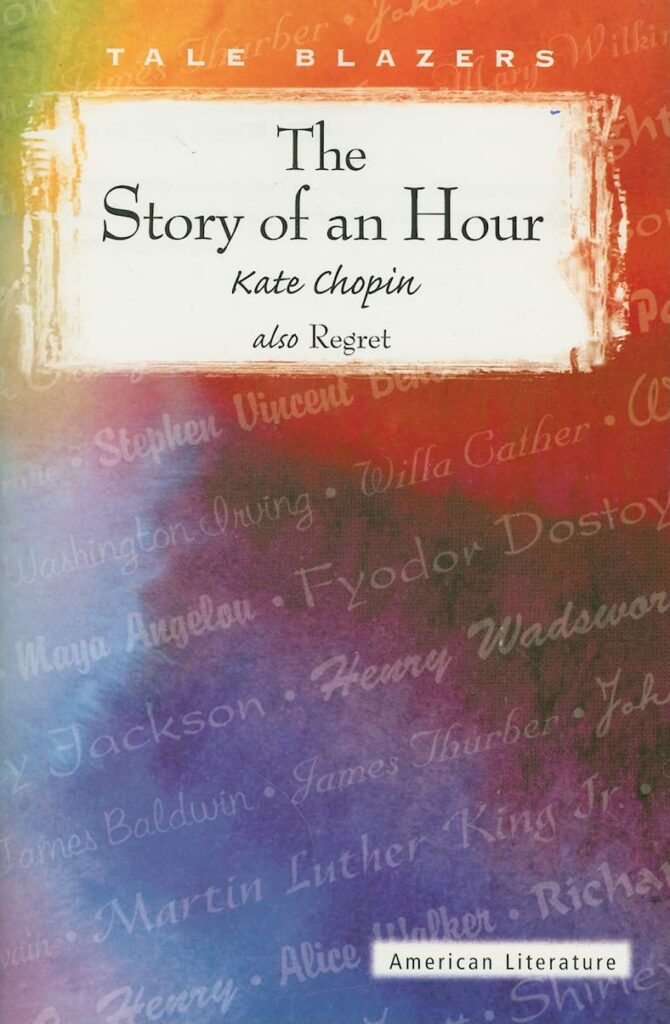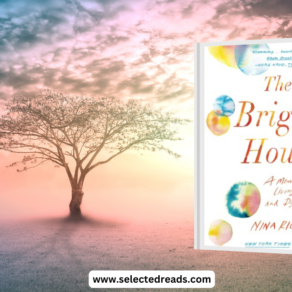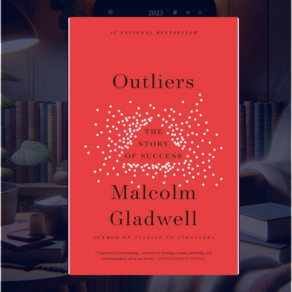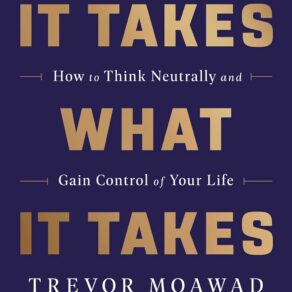“The Story of an Hour” by Kate Chopin is one of those pieces that, despite its brevity, packs a serious emotional punch. It’s like this microcosm of the simmering societal issues of the era, issues that sadly still resonate today. The story revolves around Louise Mallard, a woman who has just learned about her husband’s untimely death in a train accident.
Now, the plot twist that Chopin masterfully places is that Louise doesn’t respond with the typical Victorian-age wailing and hysterics. Instead, after an initial moment of sorrow, she experiences this wave of relief and euphoria, a newfound sense of freedom that she hadn’t realized she was missing.
It’s not that she didn’t love her husband; it’s more about the oppressive institution of marriage she finds herself emancipated from, at least temporarily. That one hour in which she believes herself to be a widow is like a window opening to a world of possibilities. You could say that the room where she retreats to digest the news becomes this symbolic space for her self-discovery. She’s fantasizing about her life ahead, the years that would belong to her alone, when—plot twist, again—her husband walks in the door, very much alive. The shock is too much for her heart to handle, literally, and she dies.
Chopin’s narrative is like a mirror to the aspirations of many women, not just from her own time, but also for those grappling with similar feelings of confinement today. The feeling of being ‘alive’ that Louise experiences is something many of us are familiar with, particularly when breaking free from something that’s holding us back, be it a job, a relationship, or even societal norms. In that sense, “The Story of an Hour” remains a timeless tale that continues to engage and provoke thought.
Related: It Takes What It Takes Summary
The Story of an Hour Discussion Questions
“The Story of an Hour” can really lead to some vibrant conversations, especially since the story touches on themes like freedom, societal norms, and the complexities of marriage. Here’s a handful that I think would stoke some thoughtful exchanges:
- What do you think Louise Mallard’s life was like before the events of the story, and how might that have influenced her reaction to her husband’s presumed death?
- Chopin uses the setting—the Mallard home and specifically Louise’s room—as a major element in the story. What symbolism can you glean from this setting?
- Louise feels a sense of freedom upon hearing about her husband’s death. Is this reaction understandable or shocking? What does this say about the institution of marriage during Chopin’s time, and how might it be relevant today?
- Would you say that Louise Mallard is a feminist character? Why or why not?
- The notion of heart trouble appears metaphorically and literally in the story. What could be Kate Chopin’s underlying message by using this recurring motif?
- The story wraps up with an ironic twist. How does this twist challenge or confirm your initial understanding of Louise’s character and the themes of the story?
- How does Kate Chopin use language and sentence structure to build tension and express the dichotomy between societal expectations and individual desire?
- What do you think the story tells us about the roles, limitations, and expectations placed on women in the late 19th-century America?
- The story is short but intense. How does the brevity of the narrative affect your understanding or emotional response to the events described?
- In a classroom filled with diverse opinions, I’ve noticed that people often have different takes on the story’s ending. Some find it tragic, while others think it’s liberating in a dark way. What’s your take?
- If Louise Mallard lived today, how different would her ‘hour’ be? Would she have the same reaction, or have societal changes made her experience obsolete?
Final thoughts
To conclude, I’ve got to say that Kate Chopin’s narrative prowess in this brief tale continues to make it a cornerstone text for discussions on gender roles, societal norms, and individual freedom. It’s one of those stories that encapsulate so much in so little space. I’ve taught this piece several times, and the diversity of reactions from students never ceases to fascinate me. Some empathize with Louise, while others question her morality; it’s a terrific litmus test for understanding societal perspectives, even in a modern context.
I particularly value the story’s capacity to initiate discussions on the complexity of human emotions and the social constructs we often find ourselves entangled in. In my opinion, the heart of the story—pun intended—lies in the tension between societal expectations and individual aspirations. Louise Mallard’s experience makes you ponder just how much one gives up in surrendering to societal norms and what one stands to gain—or lose—in breaking free.
So, as you turn the final page and put down this story, whether you’re a student, a teacher, or someone who just loves a good read, let Louise Mallard’s hour be a window into not just her world but perhaps into your own perspectives, prejudices, and unexamined beliefs.
I hope you find the Story of an Hour summary helpful!







